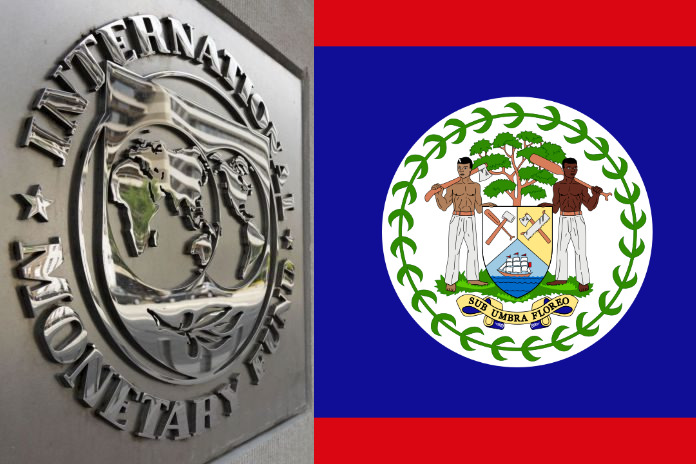BELIZE / USA – Belize’s economy has continued to perform well. After growing strongly by 17.9 percent in 2021 and 8.7 percent in 2022, real GDP is estimated to have continued to grow robustly by 4.5 percent in 2023 led by the expansion of the tourism, construction, retail and wholesale trade, transport, and business process outsourcing sectors. As a result, real GDP was 16 percent above pre-pandemic levels in 2023 and the unemployment rate declined from 14 percent in 2020 to 3.4 percent in 2023. The fiscal position also strengthened. Public debt fell from 103 percent of GDP in 2020 to 66 percent in 2023, driven by strong nominal GDP growth, a substantial improvement in the primary fiscal balance, a debt for marine protection swap with The Nature Conservancy, and a discount in Belize’s Petrocaribe debt with Venezuela.
Real GDP growth is projected to moderate going forward. Growth is projected at 3.5 percent in 2024 and 2.5 percent from 2025 onwards as tourist arrivals return to pre-pandemic levels and the output gap closes. The unemployment rate is projected to stay at 3.4 percent over the medium term as the economy remains at full employment. Inflation, which fell to 4.4 percent in 2023 led by lower prices of transport and utilities partly offset by higher food inflation, is projected to decline further to 3.1 percent in 2024 and 1.3 percent over the medium term as commodity prices and global inflation moderate.
The fiscal position is projected to remain robust, but debt dynamics have become more difficult. The primary balance is projected to decline from 1.2 percent of GDP in FY2022 to 0.8 percent in FY2023 due to lower nontax revenues and grants, and higher expenditure on goods and services. Going forward, the primary balance is projected to increase to 1.0 percent of GDP from FY2024 onwards as capital expenditure moderates. However, the overall fiscal deficit is projected to rise from 0.6 percent of GDP in FY2022 to 1.4 percent in FY2023-25 due to higher interest payments on external debt. Public debt is projected to decline more slowly going forward given the projected moderation in growth and still high global interest rates, remaining above 50 percent of GDP over the next decade.
The financial soundness indicators strengthened in 2023 but remain weaker than before the pandemic. Between 2022 and 2023, the domestic banks’ regulatory capital rose from 15.1 percent of risk weighted assets to 16.1 percent; nonperforming loans fell from 6.9 percent of total loans to 5.2 percent; and returns on assets rose from 0.3 percent to 1.5 percent. However, still high nonperforming loans, low capital buffers, and tight liquidity in some banks relative to the pre pandemic period are constraining private sector credit growth, which is likely to limit investment and real GDP growth going forward.
There are important risks to the outlook. While the risk of a sharp slowdown in the United States-Belize’s main tourism source market-has receded, the risk of higher global food and fuel prices due to armed conflicts in Ukraine and the Middle East remains elevated, which could increase Belize’s inflation and food insecurity. Global interest rates could stay high for longer, complicating debt dynamics despite the authorities’ efforts to secure concessional financing. Belize remains vulnerable to climate-related disasters, which can cause severe damages to the agriculture, energy, and tourism sectors. An economic slowdown could also exacerbate existing vulnerabilities in the banking sector
Policy priorities
Belize’s key policy priorities include reducing public debt to 50 percent of GDP by FY2030 by raising the primary fiscal balance to 2.0 percent of GDP from FY2025 onwards; increasing priority spending on logistics, utilities and energy infrastructure, targeted social programs, and crime prevention, financed with additional revenues and expenditure reprioritization; implementing structural reforms to boost growth and make it more inclusive and resilient to natural disasters; and remaining vigilant to financial stability risks.
Belize: Staff Concluding Statement of the 2024 Article IV Mission
- Fiscal Policy
- Structural Reforms and Climate Change
- Monetary and Financial Policies






